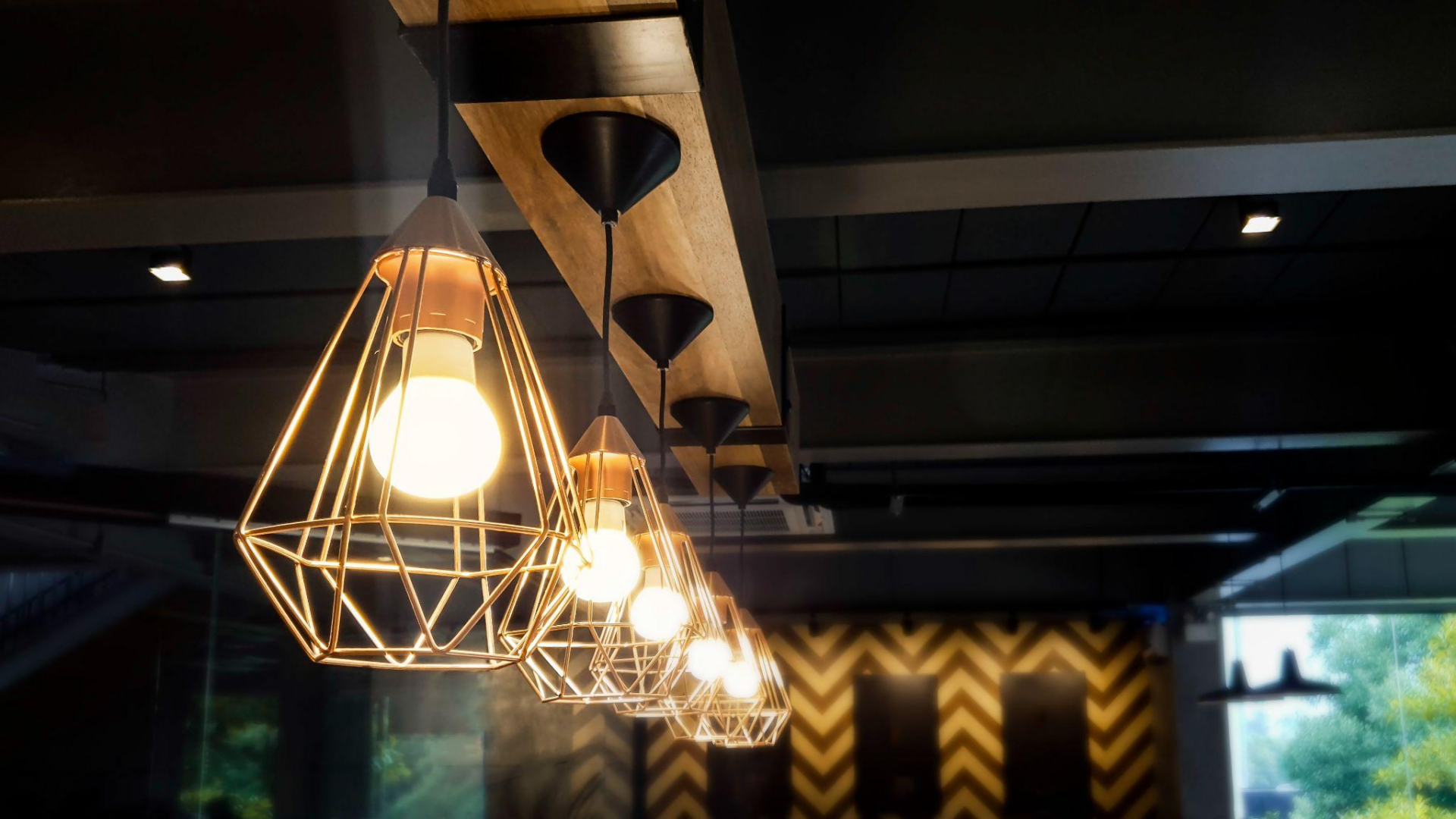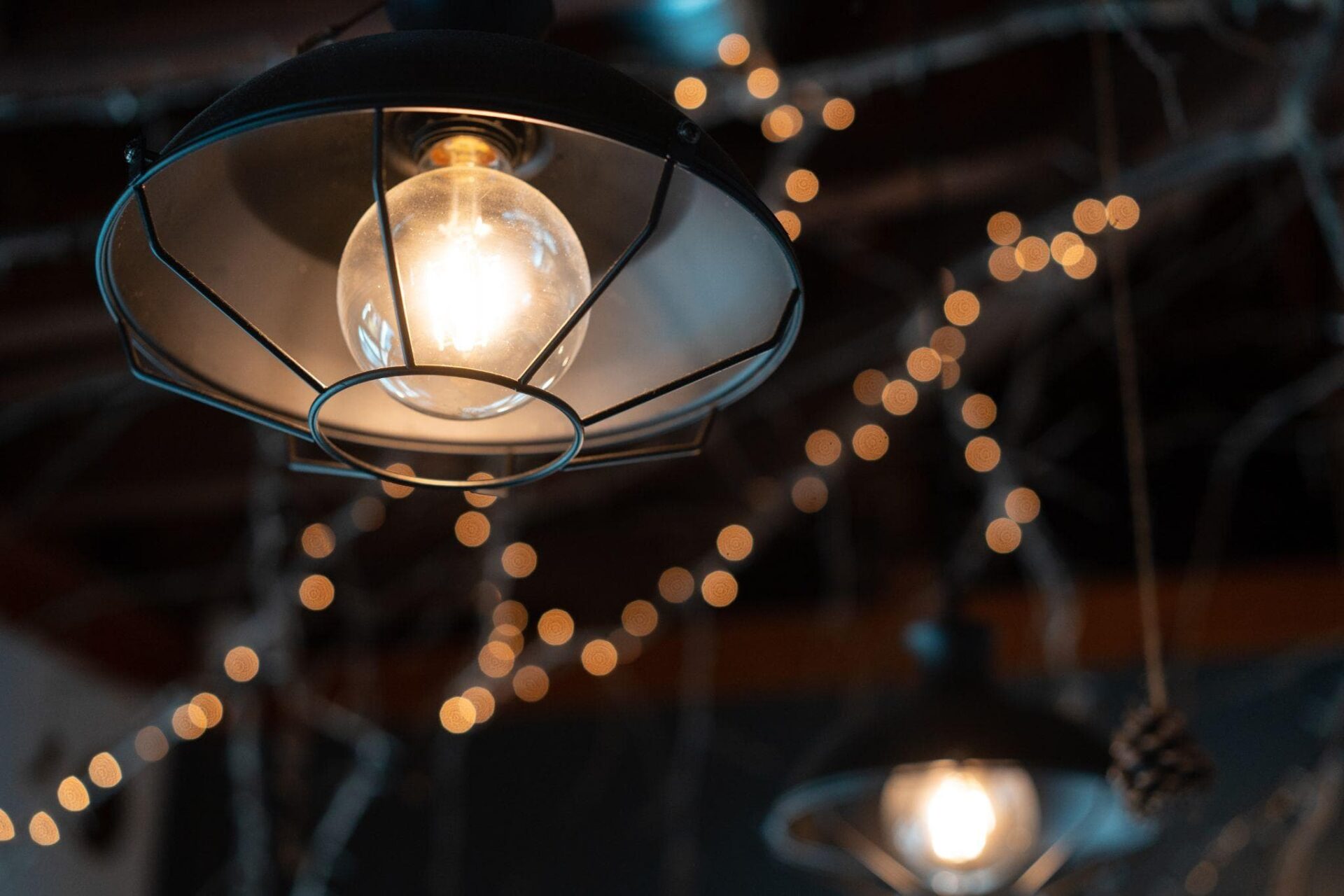Lux is a unit of measurement that defines light intensity as perceived by the human eye in a specific area. In technical terms, it gauges the illuminance of a surface, reflecting the concentration of light that falls upon it. This metric is crucial in lighting design, as it aids in creating environments with sufficient brightness for various tasks and settings.
By measuring lux, lighting professionals ensure that spaces are well-lit, which could strain the eyes and affect performance, and overlit, which would be wasteful and potentially uncomfortable.

Luminance, on the other hand, differs from lux as it represents the measurable intensity of light emitted from a surface in a given direction. It is essential to distinguish between the two because while lux focuses on the amount of light received, luminance concerns the amount of light perceived by the eye from a surface.
Therefore, luminance is directly related to the brightness that a human perceives, which is vital for a space’s visual appeal and functionality.
When quantifying light intensity in lighting design, two fundamental concepts are crucial: “lux” and “lumen.” Understanding these terms and the standards the International Commission on Illumination (CIE) sets ensures accurate and consistent light measurement.
Lux (lx) represents the SI unit of illuminance, the measure of light that falls on a surface. It quantifies the amount of visible light per unit area and is defined as one lumen per square meter. The formula for this conversion is straightforward:
Lumen (lm), on the other hand, is the SI unit of luminous flux, a measure of the total quantity of visible light emitted by a source. The relationship between lux and lumen is integral for assessing how bright a space will appear.
For clarity, consider this example:
| Lumens (lm) | Area (m^2) | Lux (lx) |
| 1000 | 10 | 100 |
If a light with a luminous flux of 1000 lm illuminates an area of 10 m^2, the illuminance is 100 lx.
The International Commission on Illumination (CIE) plays a pivotal role in defining and managing standards for light measurement. They develop guidelines and metrics widely adopted by industries and form the basis for national standards worldwide.
Moreover, the CIE works with other international bodies, such as the International Organization for Standardization (ISO), to ensure that these lighting metrics and methods for measuring are standardized.
This standardization includes methods to convert different light measurement units and norms for measuring luminous flux and illuminance.
Measuring light accurately ensures that various environments have the optimal illumination level for specific tasks and settings.
Illumination plays a critical role in the functionality and aesthetics of a space. In educational settings, for instance, adequate lighting is paramount, with lux levels typically between 300-500 lux, aiding in tasks such as reading and writing.
Offices require a different standard, as a well-lit office can reduce eye strain and increase productivity. Lux levels in office environments should be carefully selected to promote alertness and minimize fatigue.
For residential areas such as kitchens, proper lighting is crucial not only for the efficiency of performing tasks like cooking and cleaning but also for ensuring safety. Strategic placement of light fittings and the choice of task lighting can affect both the ambiance and functionality of a kitchen, aiming for a balance that usually requires higher lux levels.
A light meter is an instrumental device used to measure the illumination of a given area, providing readings in lux. It allows for precisely adjusting lighting systems to achieve the desired lux level, which denotes the amount of light per unit area that falls on a surface.
A light meter can assess whether light fittings deliver adequate illumination for a specific area or task.
To ascertain correct lux levels, a light meter is held at work surface height, with the sensor facing upward to capture the maximum amount of light from the environment. In professional settings, maintaining the correct lux level is not just a matter of visual comfort but can also be a safety and regulatory requirement.
When evaluating different light sources, it is essential to consider the technology used and the metrics by which their output is measured. This enables accurate comparison of brightness and efficiency, crucial factors in lighting design.

LED lights stand out from other technologies due to their energy efficiency and longevity. Unlike incandescent or halogen bulbs, which convert significant energy into heat, LEDs can convert electricity directly into light, resulting in less wasted energy.
In terms of luminous efficacy—how well a light source produces visible light—LEDs outperform their counterparts substantially. For instance, where an incandescent bulb may have a luminous efficacy of around 16 lumens per watt, LED lights can achieve over 100 lumens per watt efficacies.
Two key metrics are often used when assessing the light output of different sources: lumens and footcandles. Lumens measure the total amount of visible light emitted by a source. In contrast, footcandles reflect the illuminance or the amount of light that falls on a surface, typically quantified as lumens per square foot.
The metric system expresses this as lux, with one lux equating to one lumen per square meter.
It’s crucial to understand that LED lights have a higher initial lumens output than traditional sources, providing brighter illumination over the same surface area with enhanced luminous efficacy.
Lighting technology has progressed, influencing design trends and integration with architecture. As lighting designers leverage advancements, they aim to balance aesthetic appeal with energy efficiency and functionality.
The lighting industry has made leaps in LED technology, which has become pervasive due to its energy efficiency and longer lifespan than traditional bulbs. Manufacturers continue to innovate, producing LED bulbs with a broader color spectrum and dimming capabilities suitable for various settings. Intelligent lighting systems, characterized by automated controls and adaptability to natural light patterns, represent a significant trend.
These systems not only provide convenience but also contribute to energy conservation.
Lighting experts are exploring organic LED (OLED) lighting, which offers diffused light and opens new possibilities for flexible and transparent light panels. Additionally, there is a growing interest in human-centric lighting—lighting solutions designed to align with human circadian rhythms, enhancing health and productivity.
Recent Trends in the Industry:
As architects and lighting designers collaborate, there is greater emphasis on incorporating lighting into the architectural plan from the outset. This integration affects both the form and function of a building, optimizing natural light use and enhancing the building’s aesthetic features through strategic artificial lighting placement.
Lighting manufacturers constantly develop fixtures and systems that complement architectural elements, becoming an integral part of the design rather than just an afterthought.
They provide solutions that are not only functional but also contribute to the architectural narrative of a space.
Critical Aspects of Integration:

Lux and lumens are both units related to lighting, but they measure different aspects. Lumens quantify the total amount of visible light emitted by a source, while lux measures the illumination of a surface, defined as lumens per square meter.
In lighting physics, the unit ‘lux’ indicates illuminance, the amount of light reaching a surface. One lux equals one lumen per square meter, measuring how brightly a surface is illuminated.
Lux levels for LED lighting are determined by measuring the lumens produced by the LED source and calculating how those lumens are distributed on a specific surface area. This is typically done with a device known as a lux meter.
The formula for calculating lux is illuminance (E) equals luminous flux (Φ) divided by area (A), where the illuminance is measured in lux (lx), luminous flux in lumens (lm), and area in square meters (m²). Therefore, E = Φ/A.
Standard charts for recommended lux levels in different environments can be found in lighting design guidelines and building codes, which provide industry-accepted recommendations for various tasks and settings.
To convert lux to lumens, multiply the illuminance (in lux) by the area (in square meters) over which the light is spread. The formula is lumens (lm) = lux (lx) × area (m²). This calculation is useful for comparing the brightness of different light sources.